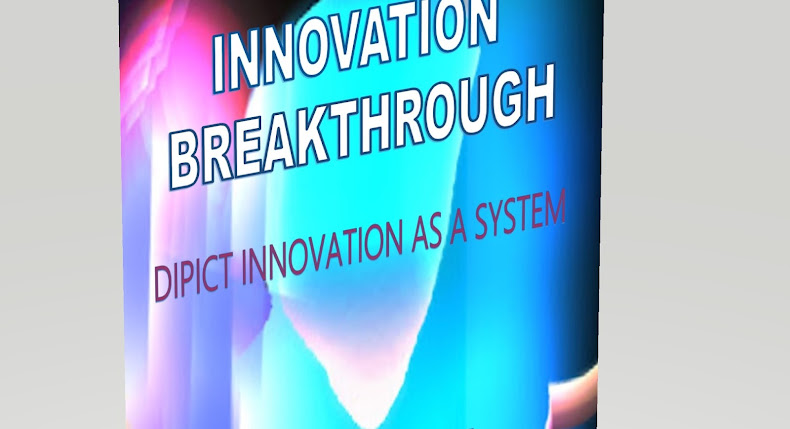It’s all about striking the right balance of responsibility vs. freedom, process vs. people and innovation vs. governance.
People always trump process. Agile Manifesto clearly indicates that people are more important than process. If an organization cannot give value to people, it is better to be away from Agile. As missing the main values will make Agile adoption a mere process and hence a failure. However, many companies find it too difficult to solve people problems so they try to hide them with either processes or technology in order to avoid the confrontations with the result of solving people problems.
People with the right attitude will make Agile work. People can make, change processes. To do agile, it is absolutely necessary that people can collaborate and prioritize to continuously improve the delivery process. Also, the purpose of processes is to build a common understanding of the people and help deliver successfully. However, there are many projects are managed by technical people who see everything as a technical problem, and fail to understand the simple truth: It is people that ultimately do the work. Motivated and happy people can be very successful, even within a sub-optimal process.
How many processes you'll need depends on your people and culture, context is king. If there’s too much process and you'll suffocate Agile and inhibit results; if there is too little process and you'll risk chaos. The perfect match is different in each environment. Picture a see-saw with talent on one side, and process on the other. The more talent you have, the less process you need, and vice-versa. Regardless of the balance, you need goal driven governance in the right manner. Too much focus on either process or creativity increases the risk to successful delivery.
There are more subtle things need to be in place for sustainable and scalable value from Agile. It is essential that the other part works well with scrum. Working well could be achieved by people-driven alignment and sometimes processes actually do help people to stay disciplined:
(1) The people outside of the core team (Scrum or otherwise) need to be fully engaged and work effectively as well. For example, project or program managers to manage macro-dependencies and resources, and business analysts to ensure the quality, strategic alignment with an effective 'pipeline' of requirements;
(2) There will always be non-agile processes somewhere in the background, and these need to work effectively alongside the agile way of working. The well-established disciplines and highly skilled and motivated individuals can help to oil the wheels.
(1) The people outside of the core team (Scrum or otherwise) need to be fully engaged and work effectively as well. For example, project or program managers to manage macro-dependencies and resources, and business analysts to ensure the quality, strategic alignment with an effective 'pipeline' of requirements;
(2) There will always be non-agile processes somewhere in the background, and these need to work effectively alongside the agile way of working. The well-established disciplines and highly skilled and motivated individuals can help to oil the wheels.
 Great people are the key success factor. You need the people to understand what it means to be truly agile and you need the process to support those people in pursuit of being Agile. Overly relying on processes & tools is not good for the business. The policies, processes and tools should help build strategy and business; people make the difference between success and failure at business; processes, tools, policies, and practices are mere means to get the success! Simply following the processes - like a gerbil in that wheel - will not bring in that innovation which is one of the key 'differentiators' for success in today's hyper-competitive businesses we are in. The success agile formula: Good people + average processes = Success. Great people + average processes = Guarantees Success.
Great people are the key success factor. You need the people to understand what it means to be truly agile and you need the process to support those people in pursuit of being Agile. Overly relying on processes & tools is not good for the business. The policies, processes and tools should help build strategy and business; people make the difference between success and failure at business; processes, tools, policies, and practices are mere means to get the success! Simply following the processes - like a gerbil in that wheel - will not bring in that innovation which is one of the key 'differentiators' for success in today's hyper-competitive businesses we are in. The success agile formula: Good people + average processes = Success. Great people + average processes = Guarantees Success.Last but not least, the situational leadership is important to achieve business goals. As the behavior of people is not static, it evolves and matures over a period of time, from senior leadership to the team leader or the project manager shall tell/ sells/ participates/ delegates the responsibility to the team as they mature. And it’s all about striking the right balance of responsibility vs. freedom, process vs. people and innovation vs. governance.











































0 comments:
Post a Comment